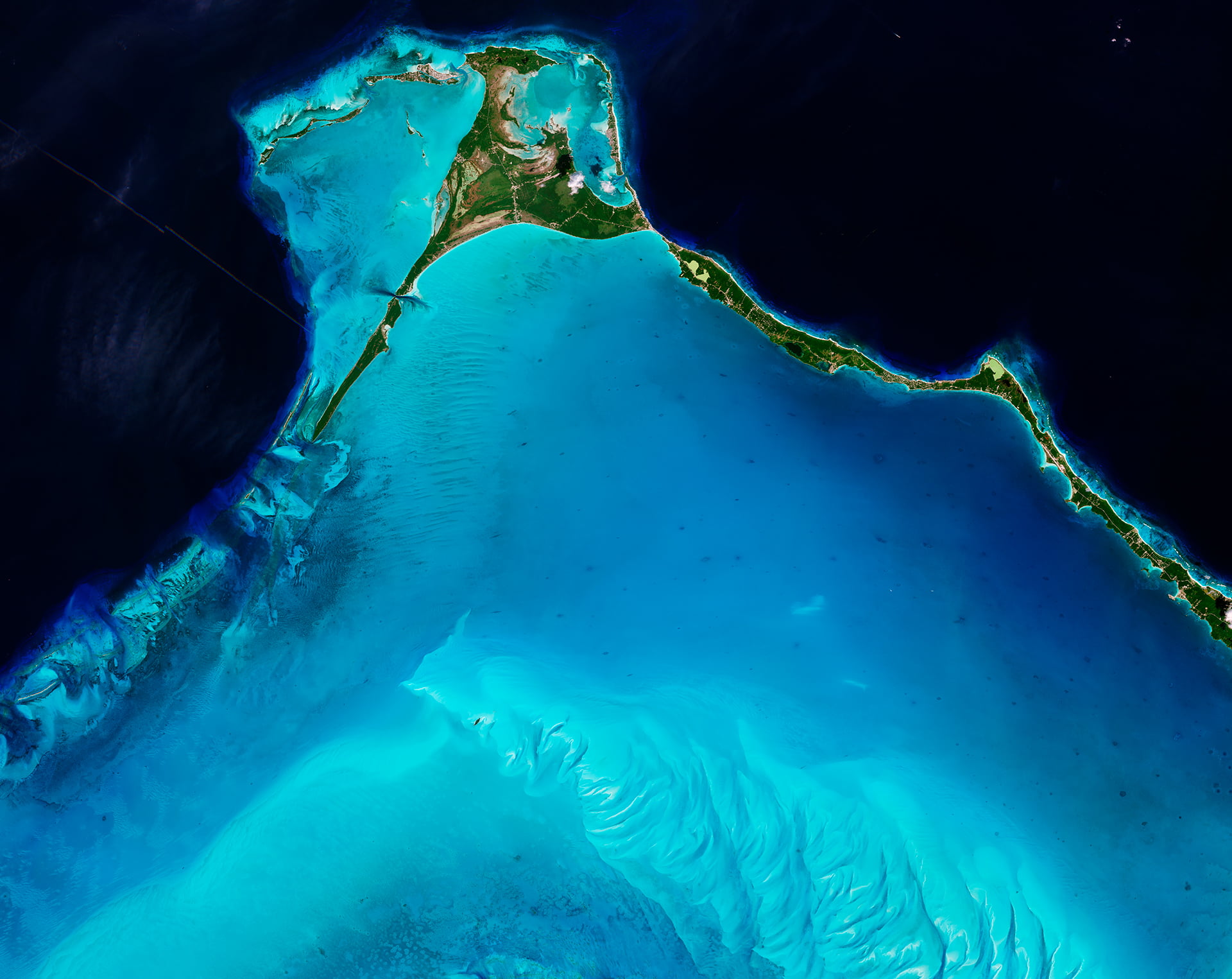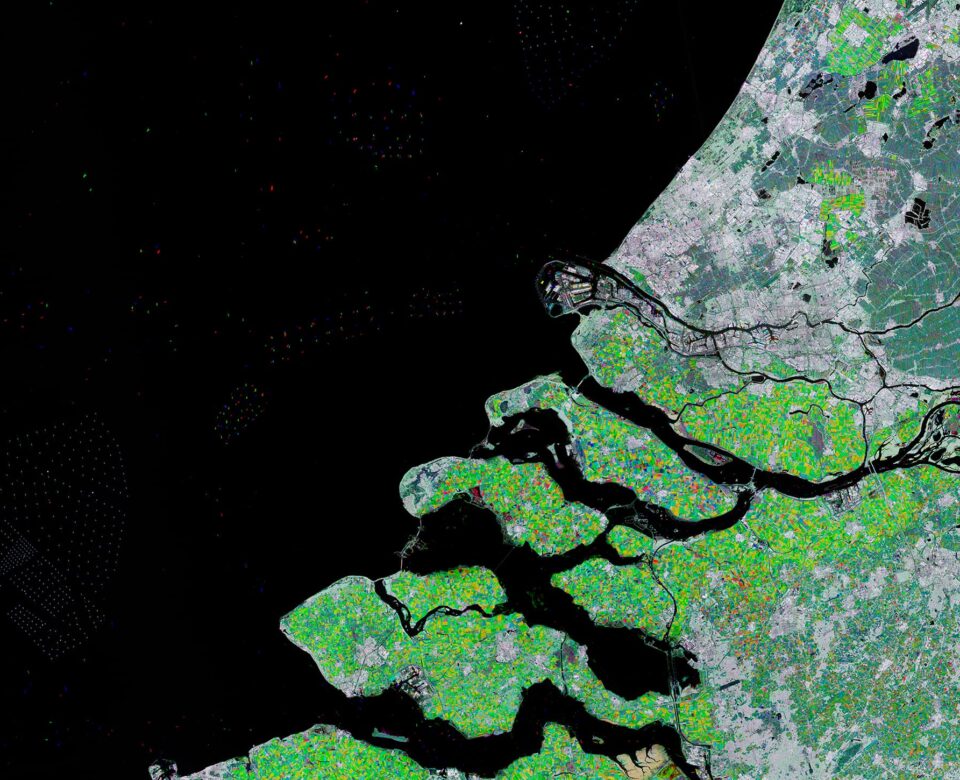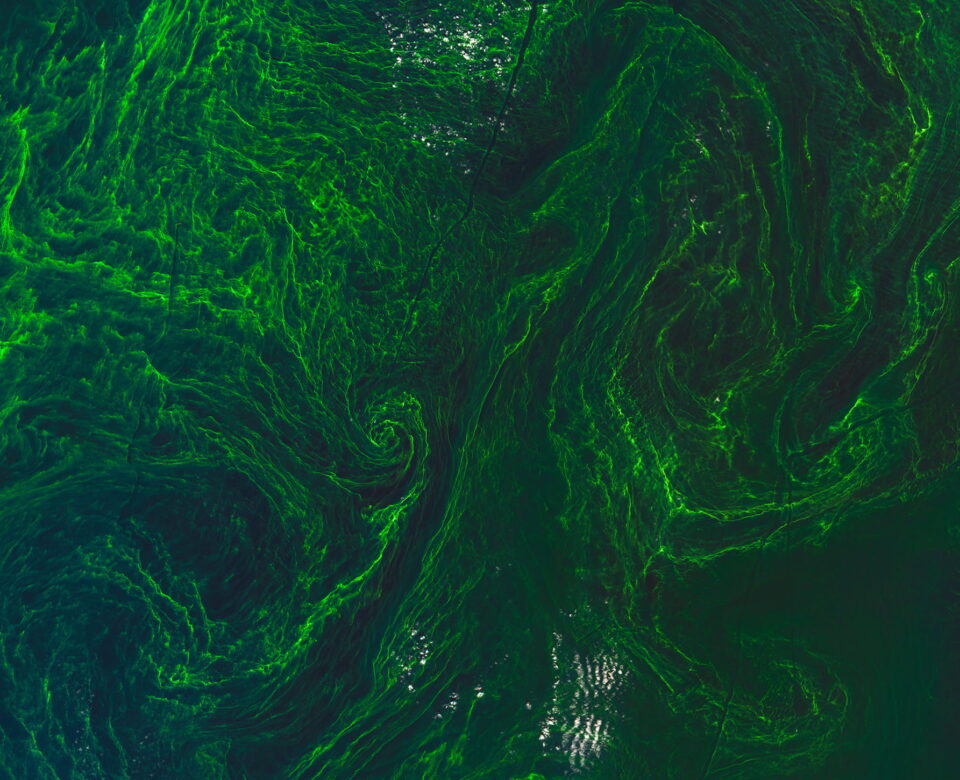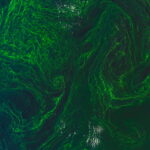
Revealing the Unseen
March 13, 2024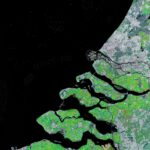
The Ocean’s Clean Power
March 13, 2024Safe
Havens
Glorioso Islands Marine Natural Park
The Glorioso Archipelago National Nature Reserve is in the French Southern and Antarctic Lands, to the southwest of the Indian Ocean, at the northern entrance to the Mozambique Channel. The Glorioso are notably a favoured breeding site for green and hawksbill turtles, humpback whales and seabirds.
© Pleiades, CNES
Marine protected areas (MPAs) now cover 8.2% of the world’s ocean. Human activities in these spaces are restricted or regulated to conserve marine ecosystems and resources. Satellites help identify, monitor, and manage these protected areas.
The image of Egg Island in the Bahamas shows the sharp contrast between the beautiful shallow turquoise waters to the southwest and the deeper darker Atlantic waters to the northeast. Ripples of sand waves created by currents stand out in the shallow waters, a natural nursery for sea turtles and other sea life.
© Contains modified Copernicus Sentinel data (2018), processed by ESA, CC BY-SA 3.0 IGO

Marie-Hélène Rio
Oceanographer
European Space Agency - ESA
The establishment of marine protected areas where human activities are limited or forbidden is fundamental for the protection of marine ecosystems and for restoring biodiversity. Furthermore, they boost tourism by providing new sustainable recreational activities. Satellite data provide constant, detailed, global information about marine protected areas and their characteristics, such as water temperature, water quality, habitat type, and coastline boundaries. They are also used to detect illegal activities and track the movement and distribution of species.

Giao-Minh Nguyen
Co-founder
Prométhée Earth Intelligence
